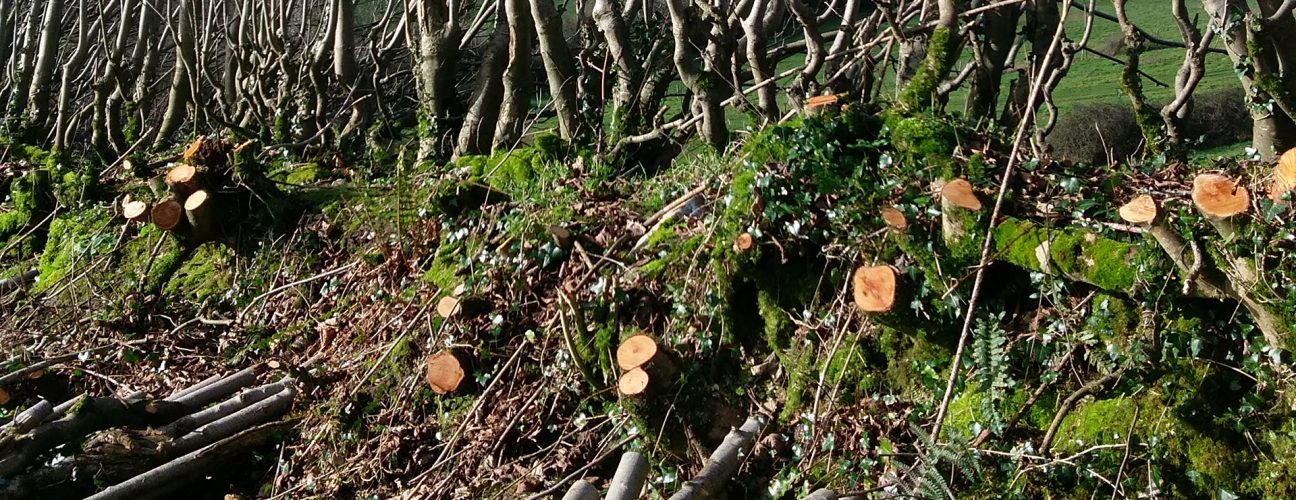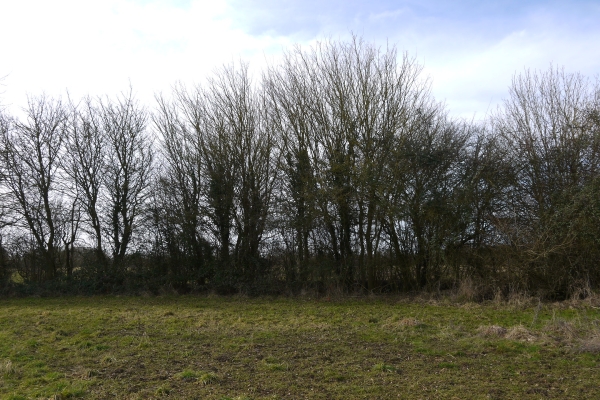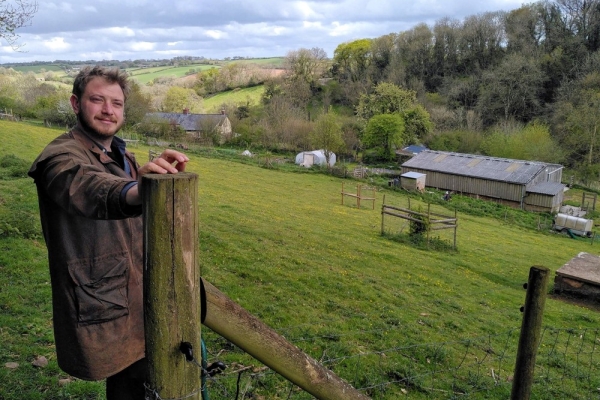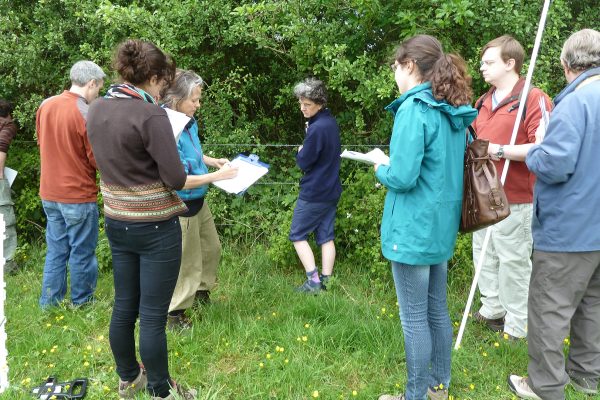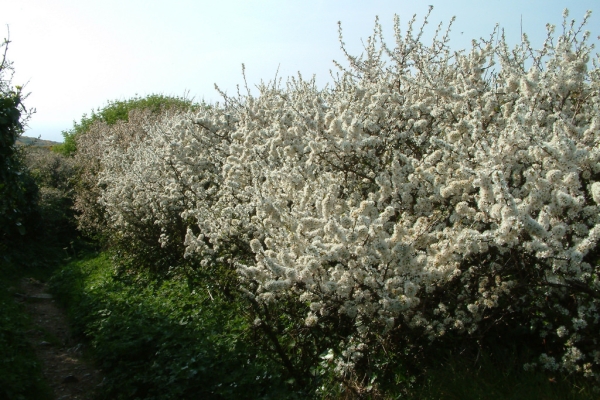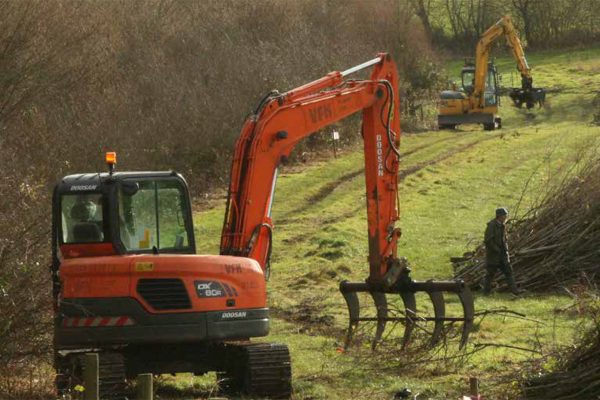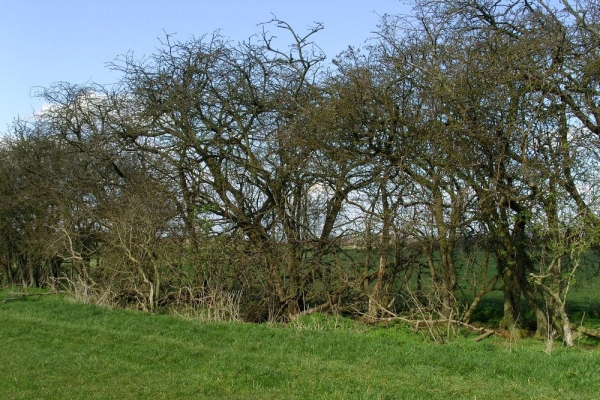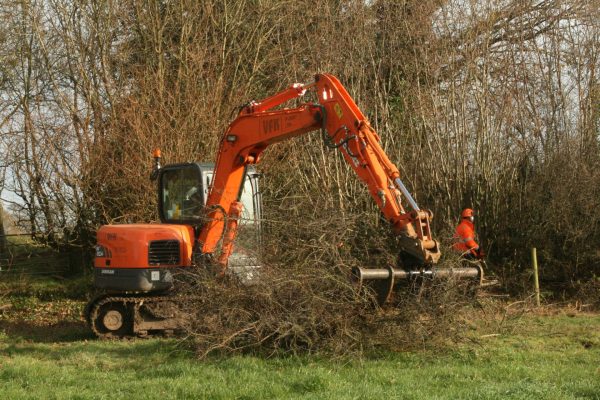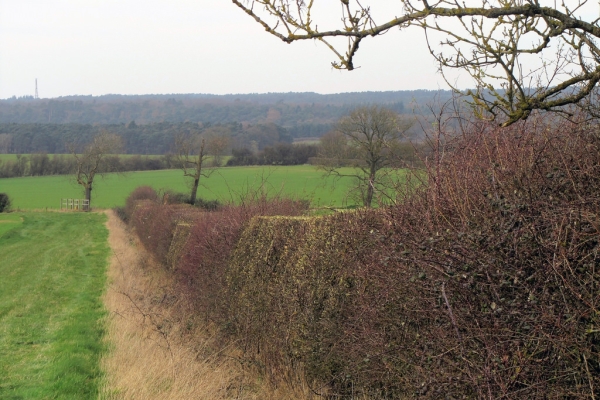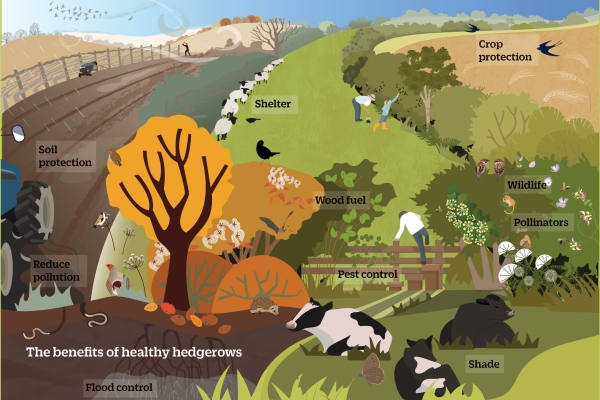Productive hedges
Guidance on bringing Britain’s hedges back into the farm business
Resource explained
This guide, from the agroforestry team at the Organic Research Centre, was produced as part of the SustainFARM project (Innovative and sustainable intensification of integrated food and non-food systems to develop climate-resilient agro-ecosystems in Europe). It builds on and compliments the 2015 guide Harvesting woodfuel from hedges – an output of the TWECOM project. The guide covers the importance of hedgerows and the opportunities to bring them back into the farm business by managing them well, and harvesting for woodfuel or hedge products. Different hedgerow types and management options (hedge-laying v coppicing) are discussed. Four practical case studies give some costed examples. Wildlife and legal considerations are presented and there are useful references and further resources.
Findings & recommendations
- Hedgerows are a valuable resource in landscape and wildlife terms and need to be managed in a way that is sustainable, both economically and ecologically for future generations.
- The coppicing of hedges for woodfuel or other products has the potential to not only reduce the cost of managing hedges but to provide local communities with a renewable, low cost energy source whilst supporting wildlife and improving the health of hedges.
- Although markets are in the early stages of development, those able to supply themselves with woodfuel from hedges have an opportunity to make significant savings on the cost of energy.
- It’s time to make the most of this under-utilised resource and bring our hedges back into the farm business.
